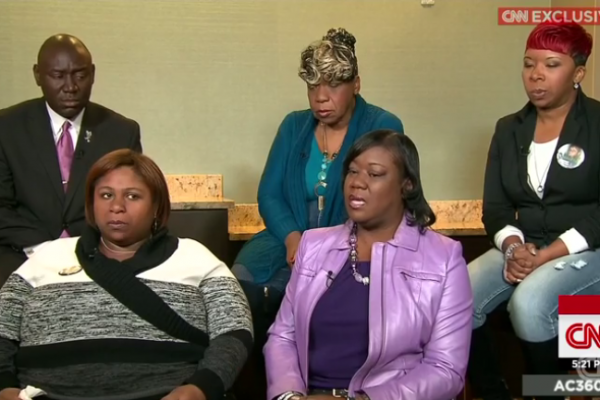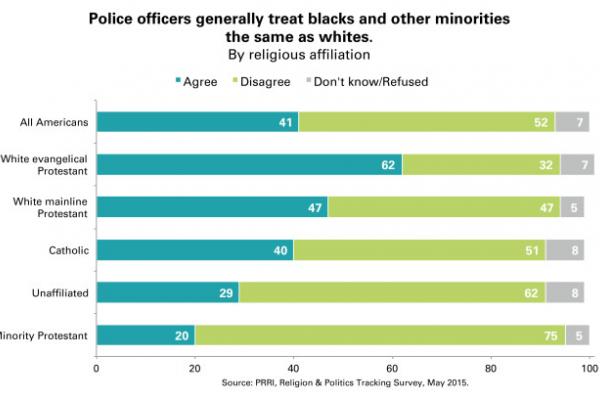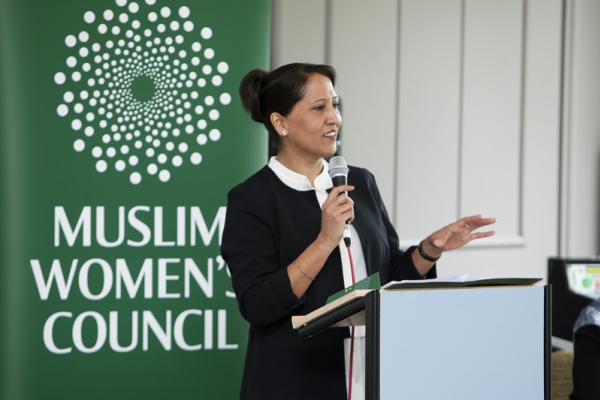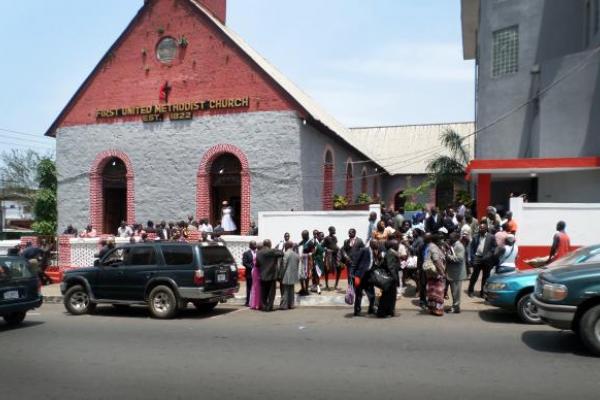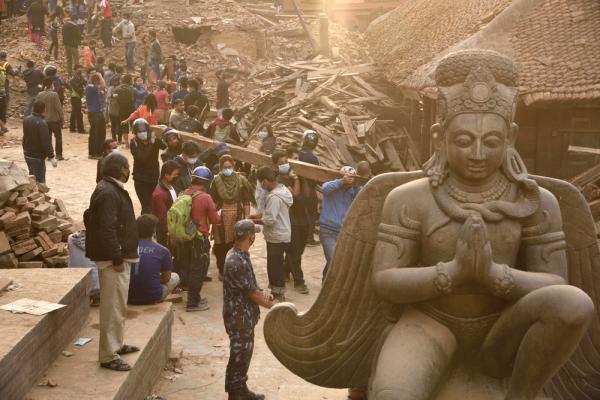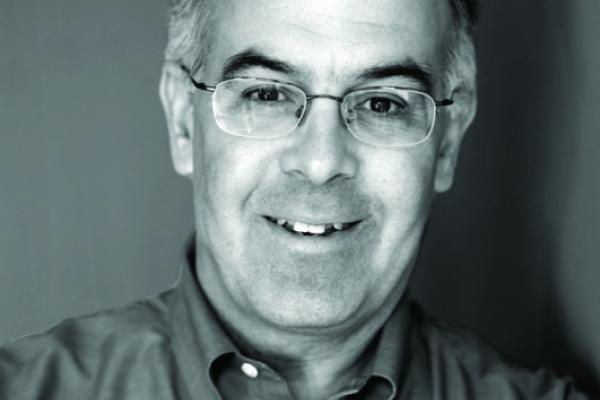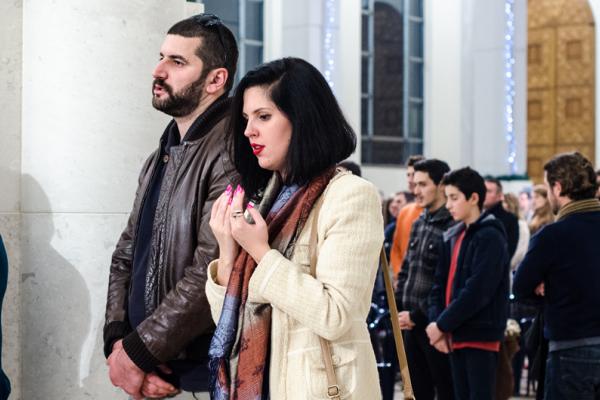Denominations proliferate in Korea, Rev. Lee said, because church leaders have failed to die to themselves. People are concerned about recognition and their reputation, taking the glory for themselves, instead of for God. And Rev. Lee identified income inequality in South Korea as one of its greatest problems. Again, it calls for dying to the idol of wealth, and putting God’s love, along with serving one another, at the center.
The expected ecumenical agenda of economic justice, peace, protection of God’s creation came before the Jeju Forum in clear and forceful ways. Agnes Abuom, from Kenya, who is Moderator of the WCC Central Committee, said we are slaves to the larger economic and political systems; that’s another way in which we have to die to ourselves, echoing words from the Rev. Lee’s sermon.
Men and boys of color are 21 times more likely to be fatally shot by the police than their white counterparts. Of the 1,217 deadly police shootings that occurred from 2010-2012, men of color between the ages of 15 to 19 were killed at a rate of 31.17 per million, while the rate for white males the same age was only 1.47 per million.
This pattern is not new. It is old and repetitive. And it is sickening.
When did you last think about the relationship between your community's worship practices and their missions? It's such a loaded conversation. What makes for "mission?” Why do we set the two practices — what we do in worship and what we do after — at odds with one another? Is it simple geography? One happens behind the ecclesial closed doors while the other is more public? I want to know when we lost the sense that our liturgies were public events rather than secret rites. But that's another post.
The percentage of white Americans (46 percent) who believe blacks and other minorities receive equal treatment to whites in the criminal justice system is exactly the same as it was in 1992 — the year of the Rodney King riots in Los Angeles, according to the Public Religion Research Institute. In contrast, only 17 percent of black Americans and 39 percent of Hispanic Americans agree.
The country’s first women-only mosque will open in Bradford, a 19th-century industrial boomtown and one of the most heavily Muslim-populated cities in the U.K., the Muslim Women’s Council announced.
The plan seeks to provide women with a platform where they can play a larger role in the religious life of their community, a role that would include women leading prayers on Fridays and the introduction of female imams.
Unlike Christianity, Judaism, and Islam, historically all led by men, or the philosophies of the East such as Buddhism where male scholars and monks dominate, folk religions — close to village or tribe or ancestry — are often practiced and led by women.
Santa Muerte expert Andrew Chesnut, professor of religious studies at Virginia Commonwealth University and author of a book on the Mexican folk religion, Devoted to Death, calls it “the fastest-growing New Religious Movement in the Americas,” with more than 10 million followers.
In the United States, United Methodists are fighting about whether to allow clergy to marry gay couples. In Liberia, divorce is on the line.
The United Methodist Church in Liberia recently voted to uphold a long-standing provision barring divorced clergy from running for the office of the bishop.
The church’s leaders say the ban brings moral credibility to the office and guides the conduct of those who want to be bishop.
The tragedy caused by the recent 7.8-magnitude earthquake will increase as time wears on: the death toll now exceeds 7,500; injuries and damage are widespread; and some 8 million people need humanitarian aid. The Nepalese government reports that up to 90 percent of health facilities are partially damaged in the worst hit areas, and one of the largest private hospitals in the capital city of Kathmandu is inoperable. Some 1.7 million children are in need of food assistance. This crisis is only going to get worse.
In comes foreign aid.
Is David Brooks becoming a Christian?
That’s the question that some people have been asking about The New York Times’ op-ed columnist, especially in the wake of his new book, The Road to Character.
As Jonathan Merritt wrote, “Brooks claims to have written his latest book ‘to save my soul,’ and he told NPR that reading books by authors such as Christian convert C.S. Lewis has ‘produced a lot of religious upsurge in my heart.’”
Under the Ottoman Empire, which ruled Kosovo from the early 15th century until 1912, most Albanian Kosovars converted to Islam.
But today, Jakaj and others are on a mission that they say reflects a renaissance of Catholicism in the country. Muslim Kosovars are supporting the effort, too, even though most of Brod is now Muslim.
“This is our history of our nation,” said Ademi, whose forefathers were Catholic.
“These are our first steps toward reclaiming our cultural heritage.”
